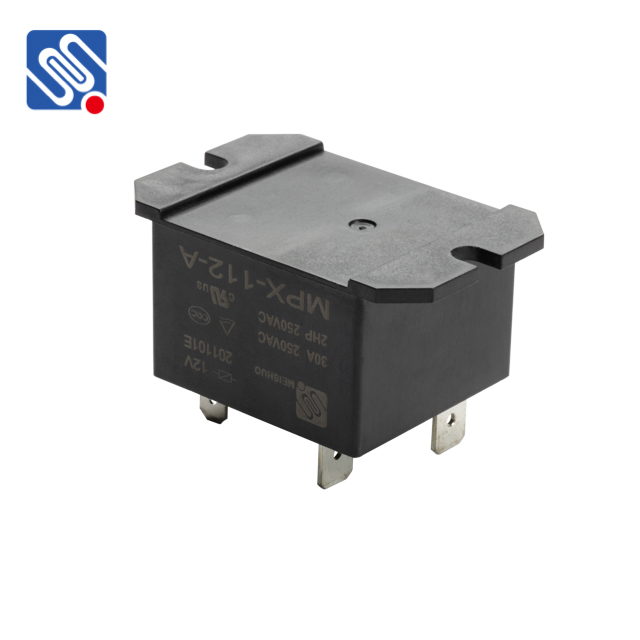Relays are vital components in modern electrical systems, providing a reliable and efficient way to control electrical circuits. Among the various types of relays, the 220V 30A relay stands out due to its high current capacity and versatility, making it an essential component in industrial, residential, and automotive applications. This article delves into the specifications, working principles, applications, and benefits of the 220V 30A relay.

What is a 220V 30A Relay? A relay is an electrically operated switch that uses an electromagnet to open or close a set of contacts. The 220V 30A relay, as the name suggests, is designed to handle a voltage of 220V and can control circuits carrying a current of up to 30A. This capacity makes it suitable for managing high-power applications where standard relays may not suffice. The 220V rating indicates that it is suitable for use in electrical systems powered by a 220V AC (alternating current) supply, which is common in many industrial and residential environments. How Does a 220V 30A Relay Work?